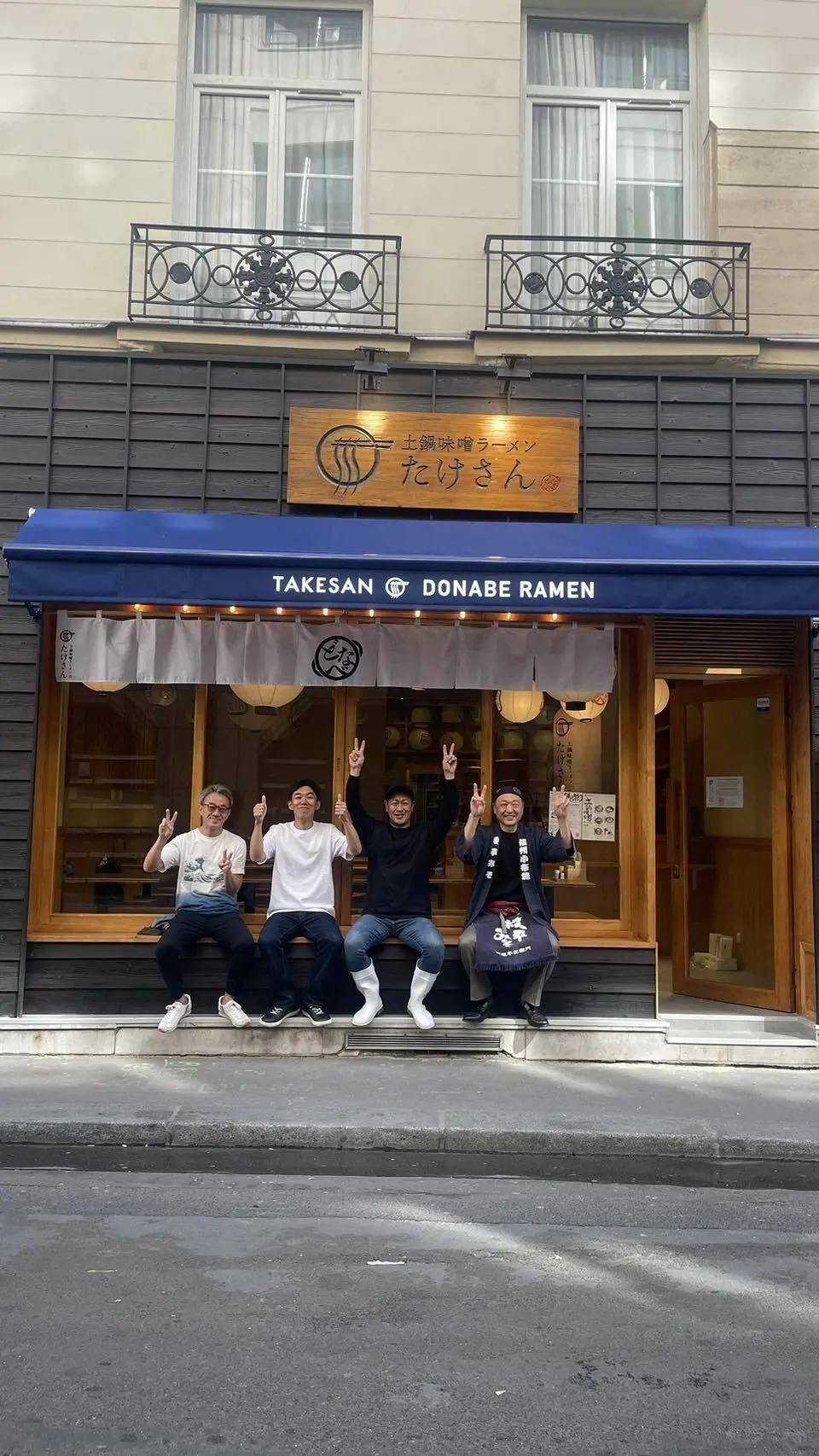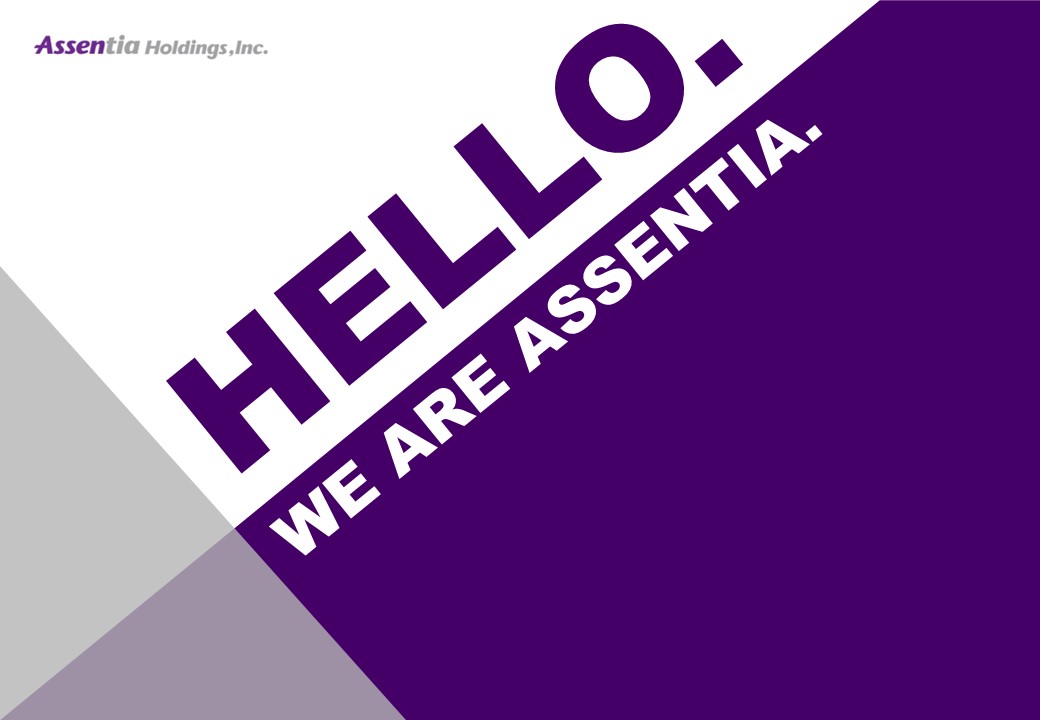Should the store manage the number of customers? The number of faces?

When you run a restaurant, you often talk about how many customers you had today.
This is because restaurant sales are actually number of customers x number of customers.
Some major restaurant companies claim to have over 200 million customers, but how is that really true?
Is that really true?
I think the number of customers means the number of people who actually came to the restaurant, but I feel uncomfortable that there are no personal attributes involved.
It's like it's one living thing that paid for it.
The "number of customers" is a very useful indicator to talk about the numerical state of a store, but it is not a very useful indicator to talk about the health of a store.
However, to talk about the health of a store, the "number of customers" cannot be used to manage the store.
To visualize the ideal state of a store, it should be managed in terms of the "number of faces.
For example, the difference between the number of customers and the number of faces is that if one person goes to a restaurant three times, the number of customers is three, but the number of faces is one.
Essentially, the indicator of a restaurant's business status should be the "number of faces.
You should keep track of who is a regular customer, how many times that person has been to your restaurant, and when they came recently.
This is not for sales promotion or marketing purposes, but is necessary to understand the health of the store.
I have never heard of a restaurant managing RFM analysis, which is often used by mail order companies.
R Recency (date of latest visit)
F Frequency (number of visits)
M Monetary (amount spent)
This method of management by RFM analysis is definitely a face-count management.
The reason why food and beverage is still called a "water business" is because customer management is very rough.
If it rains, the number of customers decreases. If there is an event in the neighborhood, the number of customers increases.
Store sales are uncertain and are constantly influenced by other factors.
We don't know anything definite about the reason for the increase in customers at that store.
The answer is also uncertain because the discussion is based on an uncertain hypothesis.
No small restaurant with a traditional proprietress would keep track of the number of customers.
Mr. 00 came three times this month. Mr. 00 came three times this week.
This is the original customer management.
Food and beverage companies have very low customer management literacy.
If customers do not show up, they blame the menu and change the menu, or blame the selling price and discount the price. They blame the volume of products and increase the quantity.
Is that the right answer?
It depends on the restaurant category, but in the case of a survival-needs restaurant like FF (a place to fill up), it is the right thing to do.
If your restaurant category is not a survival-needs restaurant, then your job should be to analyze your restaurant's health status.
If you have your restaurant's membership card or app, it would be easy to do.
R Recency (date of latest visit)
Rank 3 levels 1 (Visited within the past 3 months) 2 (Visited within the past 6 months) 3 (No visit in more than 6 months)
F Frequency (number of store visits)
Rank 3 A (30 or more visits in the past) B (10 or more visits in the past) C (first visit)
M Monetary (Amount spent) Ignored in the case of food and beverage, since the price per customer does not change significantly.
For example,
A store with many customers in the A slot of F (customers who have visited the store 30 or more times in the past) is very stable.
A store with few customers in slot C of F is very uncertain about its future
If all the customers in R's 2 could be brought to R's 1, their sales would double.
Various kinds of analysis can be done.
Cross analysis is also possible.
What are the attributes of F's A & R's 2 (very regular customers who have visited more than 30 times in the past, but have not visited in 6 months)?
What should the store do to address this?
What kind of people are the attributes of B&R 3 of F (customers who have visited the store more than 10 times in the past but have not visited in more than 6 months)?
What is the most effective way to approach F's C&R 1 (those who came within 3 months of their first visit)?
There are many things that can be done with face count management.
The hypotheses can be very specific.
There is software out there that can do this kind of analysis, and we can support you.
Please contact us if you are interested.
AssentiaHoldings,Inc.
CEO Akira Tsuchiya
atutiya@assentia-hd.com


